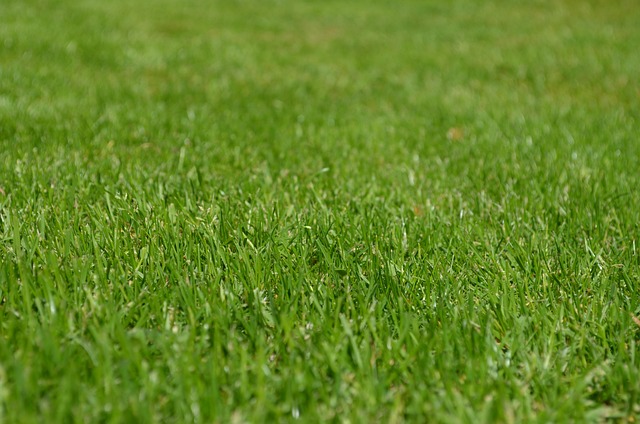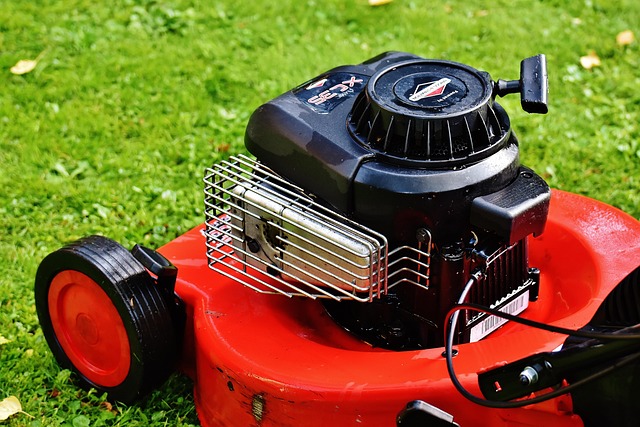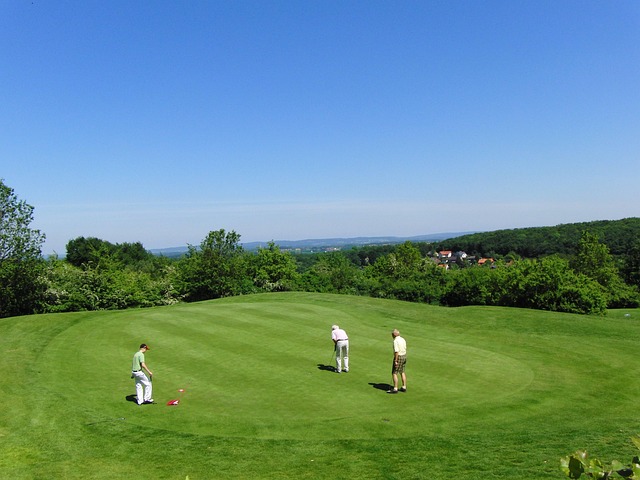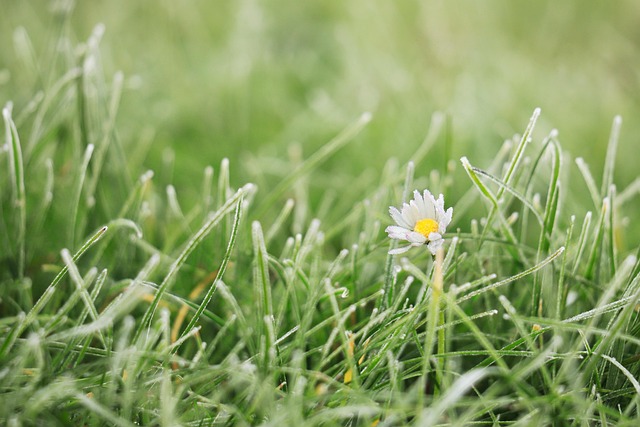Castle Pines prioritizes sustainable vegetation management within utility easements, balancing community aesthetics and infrastructure maintenance. This involves ecologically sound strategies like Integrated Pest Management (IPM), soil amendments, biological control agents, and native plant integration to minimize chemical use and promote biodiversity. By adopting these methods, Castle Pines ensures both reliable public services and the preservation of its natural beauty, reflecting a commitment to sustainability and environmental harmony in utility easements' management.
In the scenic community of Castle Pines, efficient vegetation management is crucial for maintaining the aesthetic appeal and functionality of utility easements. This article explores effective biological treatment strategies for managing lawn plants and weeds in these areas. By understanding the unique challenges of vegetation control in Castle Pines’ easements, we’ll delve into sustainable lawn care practices that balance environmental responsibility with meticulous maintenance, ensuring a thriving landscape.
- Understanding Vegetation Management in Utility Easements
- Biological Treatment Strategies for Effective Weed Control
- Implementing and Maintaining Sustainable Lawn Care Practices in Castle Pines
Understanding Vegetation Management in Utility Easements

In the context of Castle Pines, vegetation management for utility easements involves a strategic approach to balance the needs of both community aesthetics and infrastructure maintenance. Utility easements, by definition, are strips of land reserved for public services like electricity, water, and telecommunications. Effectively managing vegetation in these areas is crucial for ensuring reliable service, minimizing environmental impact, and preserving the picturesque landscape that Castle Pines is known for.
Proper vegetation management strategies for utility easements consider factors such as species selection, timing of treatment, and application methods. By employing biological treatment strategies, such as integrated pest management (IPM) or soil amendments, local professionals aim to promote healthy, balanced ecosystems within these easements. This approach not only reduces the need for chemical interventions but also supports biodiversity, ultimately contributing to a sustainable and harmoniously maintained environment in Castle Pines.
Biological Treatment Strategies for Effective Weed Control

Biological treatment strategies offer a sustainable and eco-friendly approach to weed control, particularly in sensitive areas like utility easements in Castle Pines. This method leverages natural processes and beneficial organisms to suppress and manage weeds without relying heavily on chemical herbicides. One such strategy involves introducing biological agents, such as certain fungi and bacteria, that target specific weeds. These microbes can infect and decimate targeted plant species while leaving most native vegetation unharmed.
Another effective technique is the use of competitive plants that outcompete weeds for essential resources like sunlight, water, and nutrients. By carefully selecting and planting these cover crops, utility easements can be transformed into lush, weed-free areas that support biodiversity. Additionally, integrating beneficial insects like ladybugs and lacewings can help control insect pests that often contribute to weed proliferation. These natural predators feed on harmful insects, maintaining ecological balance and reducing the need for chemical interventions.
Implementing and Maintaining Sustainable Lawn Care Practices in Castle Pines

In Castle Pines, implementing sustainable lawn care practices is not just an environmental responsibility but also a strategic approach to vegetation management for utility easements. This involves balancing the need for lush greenery with the requirement to maintain clear access and infrastructure for essential services. One key strategy is adopting natural lawn care methods that minimize chemical use and promote healthier grass growth. By using organic fertilizers, practicing proper watering techniques, and encouraging beneficial insects, homeowners and local authorities can reduce environmental impact while maintaining a vibrant landscape.
Regular maintenance plays a pivotal role in sustaining these practices. This includes routine aeration to improve soil health, seasonal pruning for tree and shrub health, and targeted removal of invasive species that could disrupt the ecological balance. In addition, integrating native plant species into lawn landscapes offers both aesthetic benefits and improved resilience against pests and diseases. These practices not only contribute to a healthier ecosystem but also enhance the overall beauty and longevity of Castle Pines’ outdoor spaces.
In addressing vegetation management for utility easements in Castle Pines, adopting biological treatment strategies offers a sustainable and eco-friendly approach to weed control. By leveraging natural processes, these methods not only effectively manage unwanted vegetation but also promote a healthier and more resilient lawn ecosystem. Implementing and maintaining these practices ensures a harmonious balance between aesthetic appeal and environmental stewardship, ultimately benefiting both residents and the local landscape.
